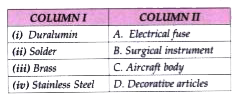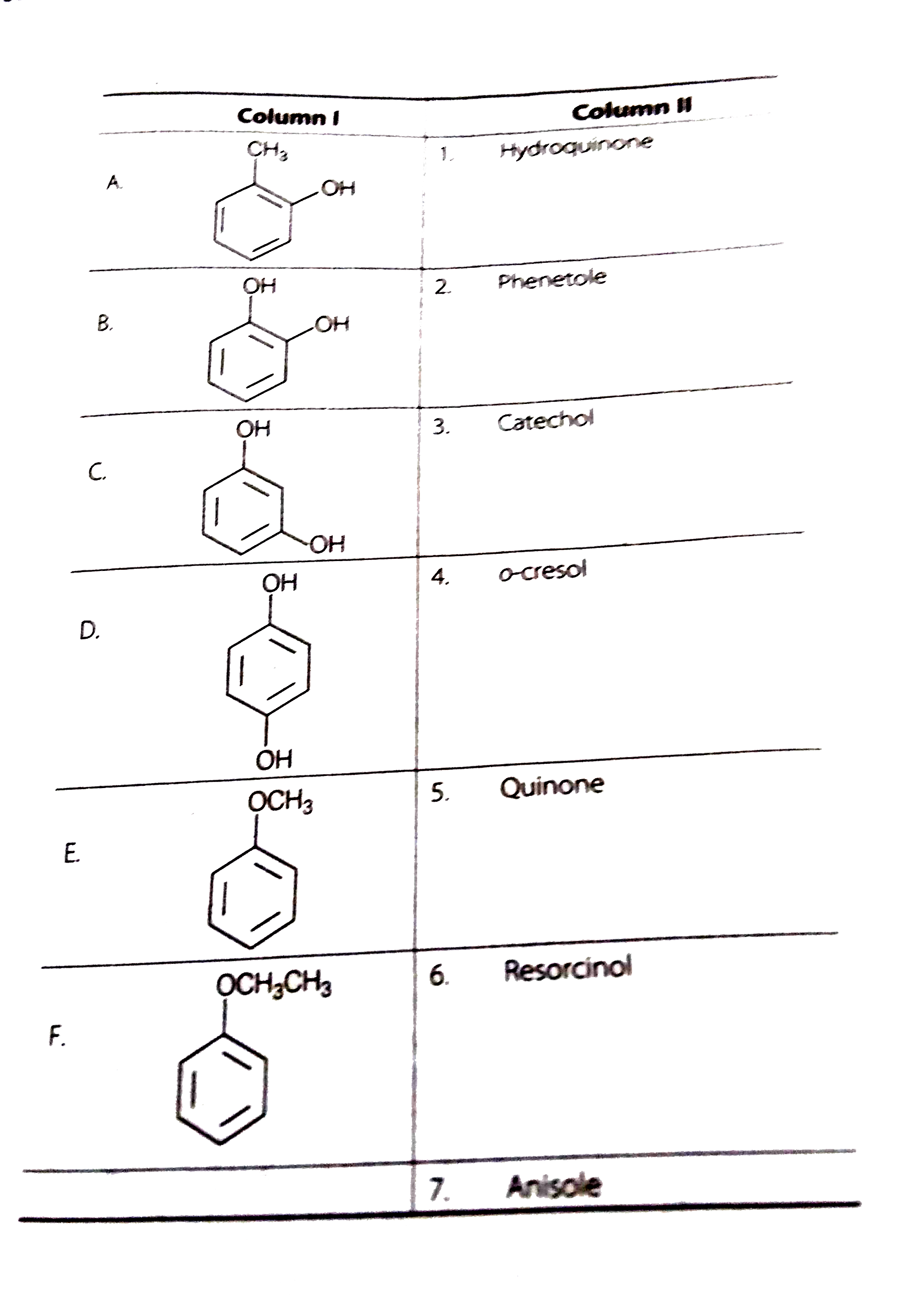write the functions in brief in colum II approate to the structures given in column I.

(a) simple colummer Epithelium this epithelieum lines the stomach interstine gall bladder etc. It froms gouustic and interstinal glands where it has a secretory role and is called as glandular epithlium In intestinal mucosa this epithelium has microvilli which increase the absorptive surface area and is called brush crush bordered columnar epithelium .
(b) Stratified Epithelium these are made up of more than one layer of epithelial cells (also called compound epithelium ) they are the only cells of the cells of the deepest layer and rest on the beasement membrane they cover the surface where constant wear and epithelium .
( c) Connective Tissue it is the tissue which connects different tissue or organs and provides support to various strutures structures of animal body these tissues or organs and provides support to varipus structures of animal body these tissues are mesdermal in orins and consist of living cells and extra cellular matrix . e.g blood is a fiuld or vascular conective tissue.
Topper's Solved these Questions
- STRUCTURAL ORGANISATION IN ANIMALSBOOK - NCERT EXEMPLAR ENGLISHCHAPTER - STRUCTURAL ORGANISATION IN ANIMALSEXERCISE - long answer type questions
5 Videos
- STRUCTURAL ORGANISATION IN ANIMALSBOOK - NCERT EXEMPLAR ENGLISHCHAPTER - STRUCTURAL ORGANISATION IN ANIMALSEXERCISE - Very short answer type Questions
13 Videos
- RESPIRATION IN PLANTS BOOK - NCERT EXEMPLAR ENGLISHCHAPTER - RESPIRATION IN PLANTS EXERCISE - LONG ANSWER TYPE QUESTIONS
5 Videos
- THE LIVING WORLDBOOK - NCERT EXEMPLAR ENGLISHCHAPTER - THE LIVING WORLDEXERCISE - Long Answer Type Questions
10 Videos
Similar Questions
Match the plant structures in columns I and II

View SolutionMatch the alloys given in column I to the uses given in column II.

View SolutionMatch the entries in column II with the statements given in column I.

View Solutionmatch the items given in column I with the items given in column II.

View SolutionMatch the terms given in column I with the units given in column II.

View SolutionMatch the alloys given in column I with the uses given in column II.
View Solutionmatch the items given in column I with the items given in column II.

View SolutionMatch the reactions given in Column I with the statements given in Column II

View SolutionMatch the reactions given in Column I with the statements given in Column II

View SolutionMatch the structures of the compounds given in Column I with the name of the compounds given in Column II.

View Solution
